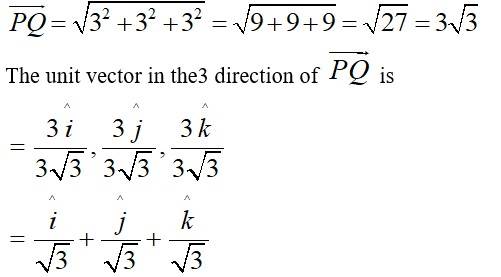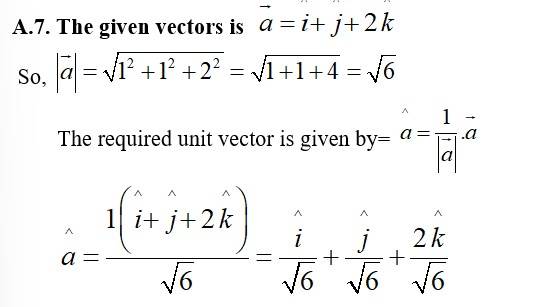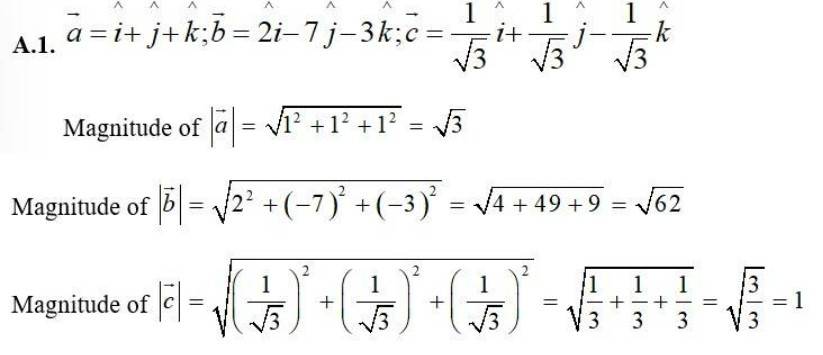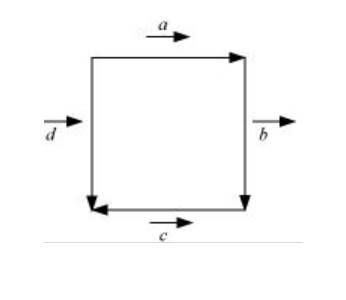Vector Algebra
Get insights from 133 questions on Vector Algebra, answered by students, alumni, and experts. You may also ask and answer any question you like about Vector Algebra
Follow Ask QuestionQuestions
Discussions
Active Users
Followers
New answer posted
5 months agoContributor-Level 10
Let the vector with initial point P (2,1) and terminal point Q. (-5,7) can be shown as,
The scalar components are -7 and 6.
The vector components are -7i and 6j.
New answer posted
5 months agoContributor-Level 10
Note that two vector are equal only if their corresponding components are equal.
Thus, the given vectors and will be equal if and only if
New question posted
5 months agoNew answer posted
5 months agoContributor-Level 10
(i) True, as vector quantity and - are parallel to same line.
(ii) False, as collinear vector are those vectors that are parallel to same line, but it is not necessary that they are equal also.
(iii) False, as two vectors having same magnitude may have different directions, so they are not collinear.
(iv) False, as two collinear vectors having same magnitude are not equal whey they are opposite in direction.
New answer posted
5 months agoContributor-Level 10
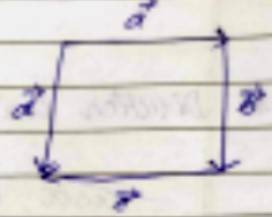
(a) Vector and are co initial same initial point.
(b) and same magnitude & direction.
(c) and are collinear but not equal they are parallels their direction are not same.
Taking an Exam? Selecting a College?
Get authentic answers from experts, students and alumni that you won't find anywhere else
Sign Up on ShikshaOn Shiksha, get access to
- 65k Colleges
- 1.2k Exams
- 679k Reviews
- 1800k Answers

